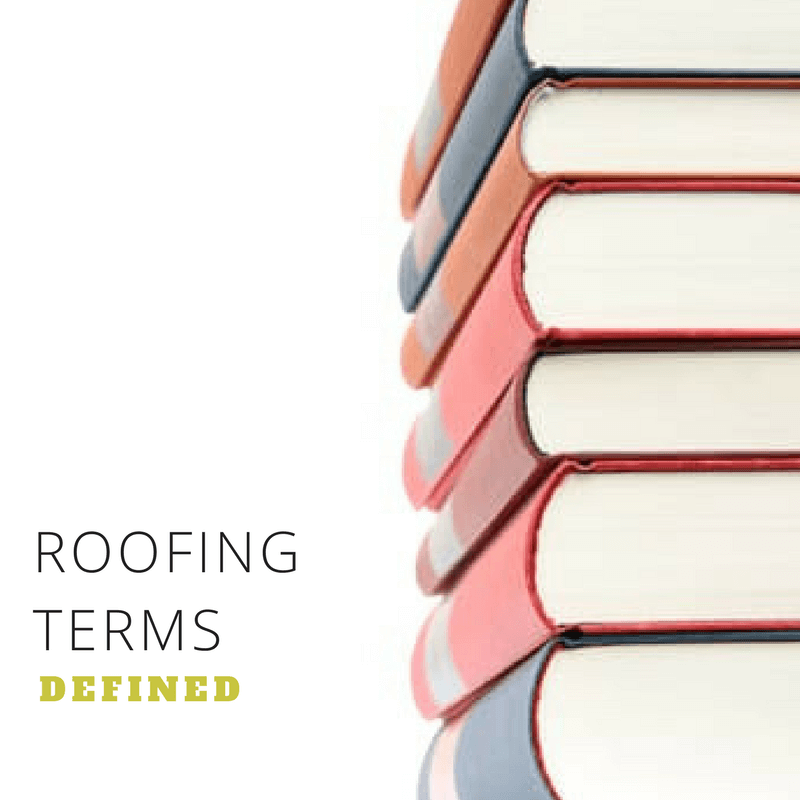In the roofing business, there are many terms and phrases that can seem confusing to a customer. At Chappell Roofing we want you to feel as educated as possible when discussing your roof. It’s true what they say: knowledge is power. That’s why we’ve put together a glossary of sorts to help explain and define roofing terms for you!
Let’s get started!
Algae
Rooftop fungus that can leave dark stains on roofing.
Angled Fasteners
Roofing nails and staples driven into decks at angles not parallel to the deck.
Apron Flashing
Metal flashing used at chimney fronts.
Asphalt
A bituminous waterproofing agent used in various types of roofing materials.
Asphalt Concrete Primer
Asphalt based primer used to prepare concrete and metal for asphalt sealant.
Asphalt Plastic Cement
Asphalt based sealant material, meeting ASTM D4586 Type I or II. Used to seal and adhere roofing materials. Also called mastic, blackjack, roof tar, bull.
Back Surfacing
Granular material added to shingle’s back to assist in keeping separate during delivery and storage.
Blistering
Bubbles or pimples in roofing materials. Usually moisture related. In shingles blisters are caused by either moisture under the material or moisture trapped inside the material.
Blow-Offs
When shingles are subjected to high winds, and are forced off a roof deck.
Buckling
When a wrinkle or ripple affects shingles or their underlayments.
Closed Cut Valley
A shingle valley installation method where one roof plane’s shingles completely cover the other’s. The top layer is cut to match the valley lines.
Counter Flashing
The metal or siding material that is installed over roof-top base flashing systems.
Crickets
A peaked water diverter installed behind chimneys and other large roof projections. Effectively diverts water around projections.
Cupping
When shingles are improperly installed over an existing roof or are over-exposed, they may form a curl or cup. May also be due to a manufacturing defect.
Deck
The substrate over which roofing is applied. Usually plywood, wood boards, or planks.
Dormer
A raised roof extending out of a larger roof plane.
Drip Edge
An installed lip that keeps shingles up off the deck at edges, and extends shingles out over eaves and gutters, and prevents
Eaves
The roof edge from the fascia to the structure’s outside wall. In general terms, the first three feet across a roof is termed the eave.
End Laps
When installing rolled products in roofing, the area where a roll ends on a roof, and is overlapped by the next section of rolled material.
Exposure
The area on any roofing material that is left exposed to the elements.
Fasteners
Nails or staples used to secure roofing to the deck.
FHA
The Federal Housing Authority sets construction standards throughout the U.S.
Fiberglass Mat
Fibers condensed into strong, resilient mats for use in roofing materials.
Flange
Metal pan extending up or down a roof slope around flashing pieces. Usually at chimneys and plumbing vents
Flashing
Materials used to waterproof a roof around any projections
Flashing Cement
Sealant designed for use around flashing areas, typically thicker than plastic cement.
Gable Roof
Traditional roof style; two peaked roof planes meeting at a ridge line of equal size.
Granules
Crushed rock that is coated with a ceramic coating and fired, used as top surface on shingles.
Hand-Sealing
The method to assure sealing of shingles on very steep slopes, in high wind areas, and when installing in cold weather.
High Nailing
When shingles are nailed or fastened above the manufacturer’s specified nail location.
Hip Legs
The down-slope ridges on hip roofs.
Hip Roof
A roof with four roof planes coming together at a peak and four separate hip legs.
Ice Dam
When a snow load melts on a roof and re-freezes at the eave areas. Ice dams force water to “back-up” under shingles and cause leakage.
“L” Flashing
Continuous metal flashing consisting of several feet of metal. Used at horizontal walls, bent to resemble an “L”.
Laps
The area where roll roofing or rolled underlayments overlap one another during application (see also side laps and end laps).
Mansard
A roof design with a nearly vertical roof plane that ties into a roof plane of less slope at its peak.
Mats
The general term for the base material of shingles and certain rolled products.
Mortar
Mixture of sand, mortar, limestone and water used in bonding a chimney’s bricks together.
Nail Guide Line
Painted line on laminated shingles, to aid in the proper placement of fasteners.
Nail-Pop
When a nail is not fully driven, it sits up off the roof deck.
Nesting
Installing a second layer of shingles aligning courses with the original roof to avoid shingle cupping.
Open Valley
Valley installation using metal down the valley center.
Organic Mat
Material made from recycled wood pulp and paper.
Organic Shingles
Shingles made from organic (paper) mats.
Overdriven
The term used for fasteners driven through roofing material with too much force, breaking the material.
Overexposed
Installing shingle courses higher than their intended exposure.
Quarter Sized
Term for the size of hand sealant dabs, size of a U.S. 25¢ piece.
Racking
Method of installing shingles in a straight up the roof manner.
Rake Edge
The vertical edge of gable style roof planes.
Release Film
The plastic sheet installed on the back of WeatherWatch® and StormGuard® underlayments. Used for packaging and handling. Remove before installation.
Rigid Vent
Hard plastic ridge vent material.
Roof Louvers
Rooftop rectangular shaped roof vents. Also called box vents, mushroom vents, airhawks, soldier vents.
Roof Plane
A roofing area defined by having four separate edges. One side of a gable, hip or mansard roof.
Sawteeth
The exposed section of double thickness on Timberline® Series shingles – also called dragon teeth. Shaped to imitate wood shake look on the roof.
Self-Sealant
Sealant installed on shingles. After installation, heat and sun will activate sealant to seal the shingles to each other.
Selvage
The non exposed area on rolled roofing. Area without granules. Designed for nail placement and sealant.
Shed Roof
Roof design of a single roof plane. Area does not tie into any other roofs.
Side Laps
The area on rolled material where one roll overlaps the rolled material beneath it. Also called selvage edge on rolled roofing.
Side Walls
Where a vertical roof plane meets a vertical wall. The sides of dormers etc.
Soffit Ventilation
Intake ventilation installed under the eaves, or at the roof edge.
Starter Strip
The first course of roofing installed. Usually trimmed from main roof material.
Steep-Slope Roofing
Generally all slopes higher than 4/12 are considered steep slopes.
Stepflashing
Metal flashing pieces installed at sidewalls and chimneys for weatherproofing.
Tab
The bottom portion of traditional shingle separated by the shingle cut-outs.
Tear-Off
Removal of existing roofing materials down to the roof deck.
Telegraphing
When shingles reflect the uneven surface beneath them. Ex: Shingles installed over buckled shingles may show some buckles.
Transitions
When a roof plane ties into another roof plane that has a different pitch or slope.
Underdriven
Term used to describe a fastener not fully driven flush to the shingles surface.
Underlayments
Asphalt-based rolled materials designed to be installed under main roofing material to serve as added protection.
Valleys
Area where two adjoining sloped roof planes intersect on a roof creating a “V” shaped depression.
Vapor
Term used to describe moisture laden air.
Warm Wall
The finished wall inside of a structure, used in roofing to determine how far up the deck to install waterproof underlayments at eaves.
Warranty
The written promise to the owner of roofing materials for material related problems.
Waterproof Underlayments
Modified bitumen based roofing underlayments. Designed to seal to wood decks and waterproof critical leak areas.
Woven Valleys
The method of installing valleys by laying one shingle over the other up the valley center.


